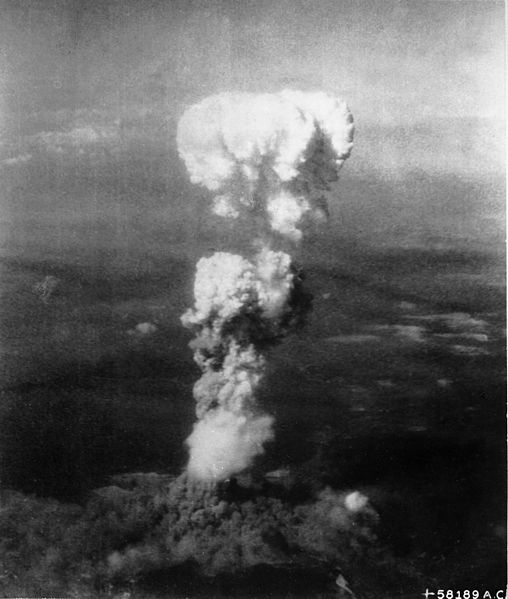Incredibly, “existential risks”—those that could end humanity—threaten us every day.
That’s the conclusion of a recent Washington Post article. What risk tops the list?
Nuclear war.
Perhaps that conclusion won’t strike most people as surprising. After all, we’ve grown up with the threat, which has been with us for more than half a century.
And yet, the fact that we’re still here must mean that the risk isn’t really as great as all that, right? And certainly, some 25 years after the end of the Cold War, political and military leaders must have done something about it, right?
Unfortunately, wrong in both cases.
The author of the Post article puts it this way:
“[I]t is a mistake to think that nuclear war is impossible. In fact, it might not be improbable.”
Say What?
The U.S. and Russia, which own 95% of the world’s nuclear weapons, have reduced their arsenals from Cold War highs, but still have thousands ready to launch, and thousands more in storage. Between them they have some 10,000 nuclear warheads, most of them many times more powerful than those dropped on Hiroshima and Nagasaki.
And despite the breakup of the Soviet Union and the end of the Cold War a quarter century ago, distressingly little has changed about the way the two countries plan to use their nuclear arsenals against each other. Both continue to have war plans that call for large, rapid nuclear strikes—and resulting retaliatory strikes—against the other that would devastate both countries.
What’s worse is that many of the nuclear weapons on both sides are on hair-trigger alert, capable of being launched in minutes. This could lead to missiles being launched due to computer glitches, errors in warning systems, or accidents. We know these kinds of errors and accidents have happened surprisingly often on the U.S. side; we also know of similar cases on the Russian side and can only imagine the cases we don’t know about.
So why are so many people—political and military officials as well as the general public—so sanguine about this threat? The fact that these weapons have not been used for many years tends to reduce people’s sense of the risk. Yet experts who study the long list of close calls over the years tend to believe we have simply been lucky.
How long that luck may hold is not something we should try to find out.
Hiroshima Anniversary
Today is a good time to reflect on this situation. Sixty-nine years ago today the United Stated dropped the first atomic bomb on Hiroshima, Japan; it dropped a second bomb three days later on Nagasaki. Together these two bombs killed several hundred thousand people. And these weapons were small compared to modern nuclear weapons: each of the warheads the U.S. deploys today has a yield some 20 times larger than the bombs dropped on Japan.
Today’s growing tensions with Russia remind us that we are not yet out of the nuclear woods and that crises can still arise that can make it more likely for errors or accidents to lead to a nuclear exchange. Taking steps to reduce the risk of accidental or erroneous launch is probably the most important thing the U.S. can do to increase its security. Removing missiles from hair-trigger alert is an obvious and achievable first step that President Obama can and should take.

